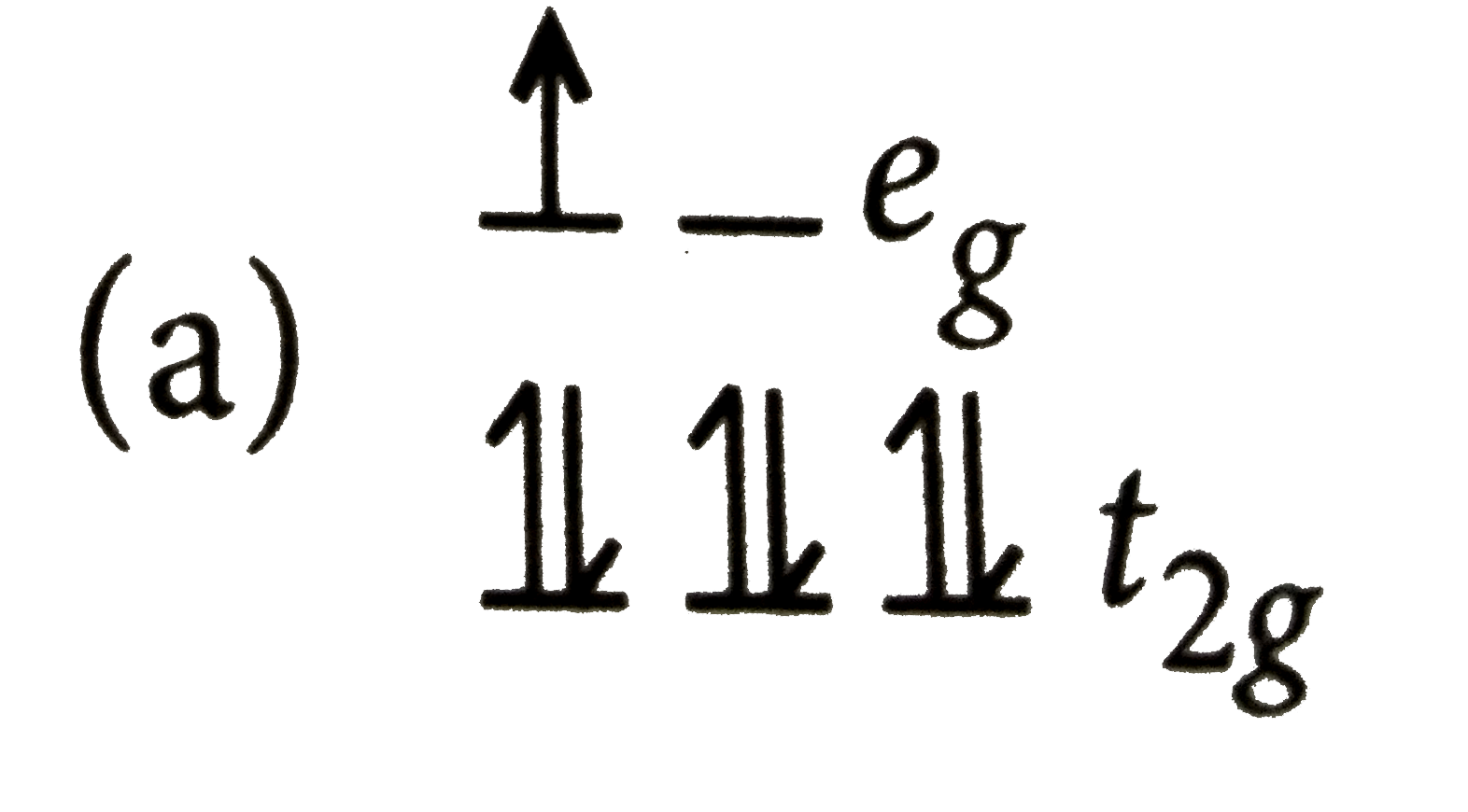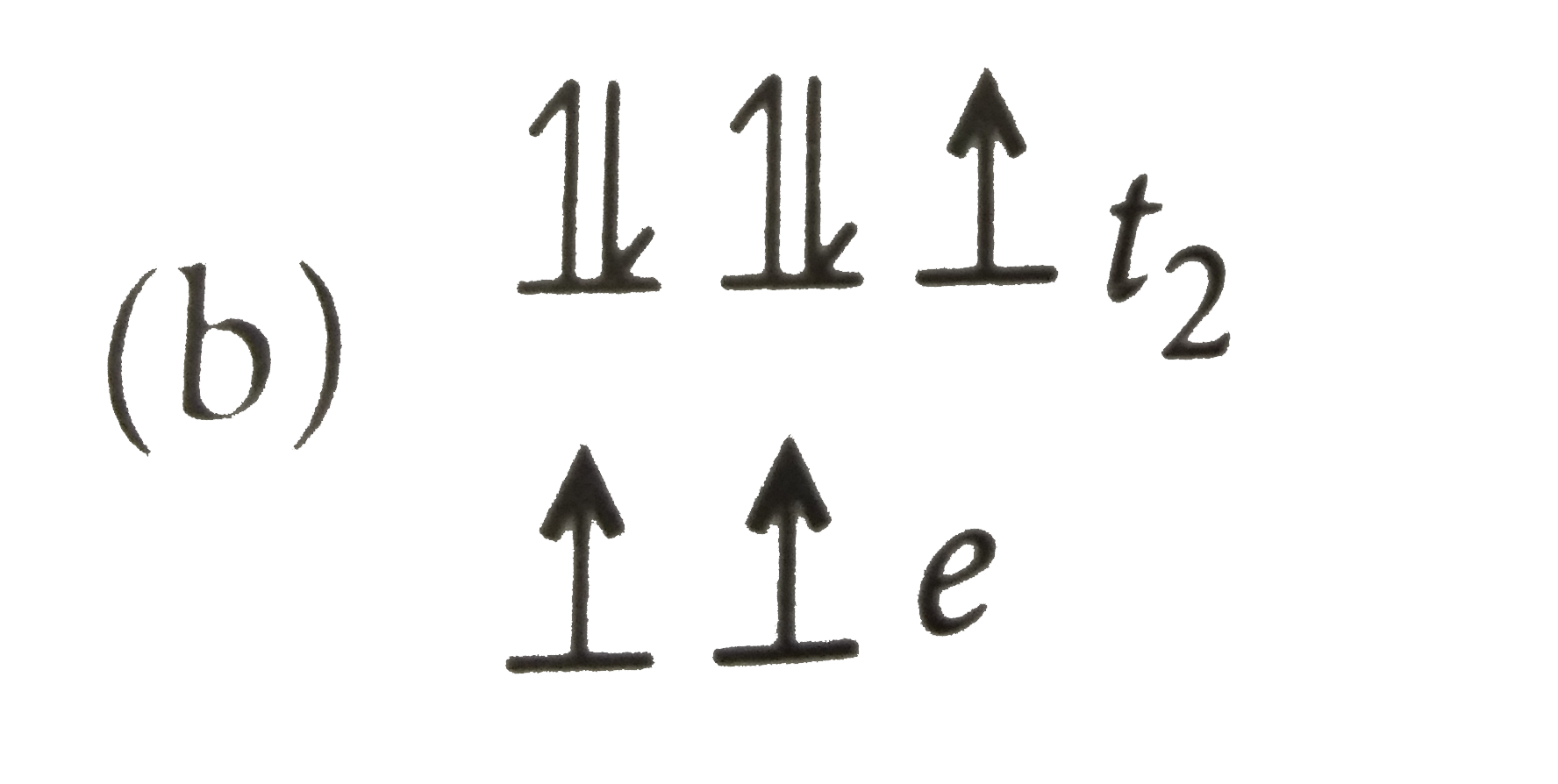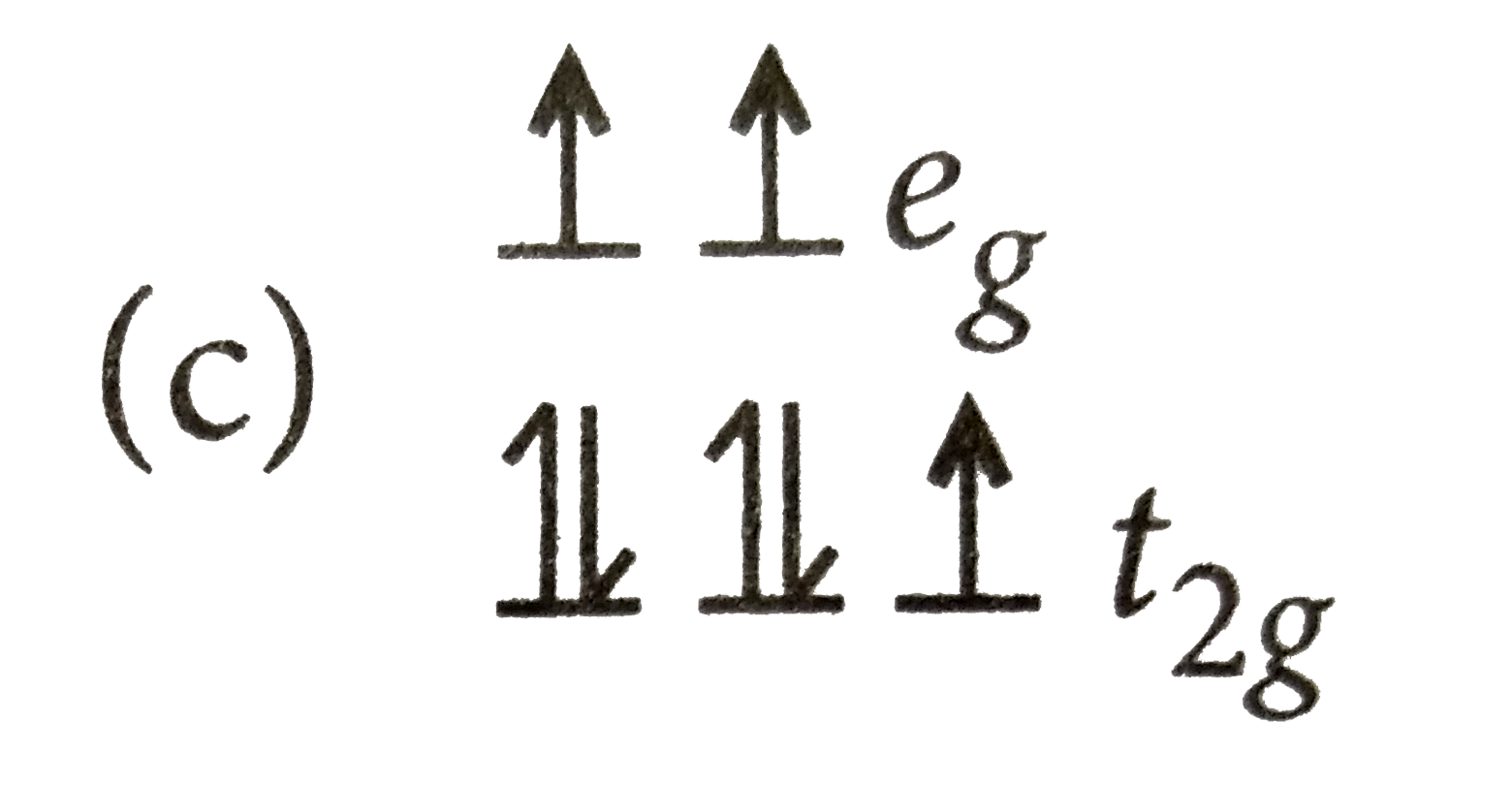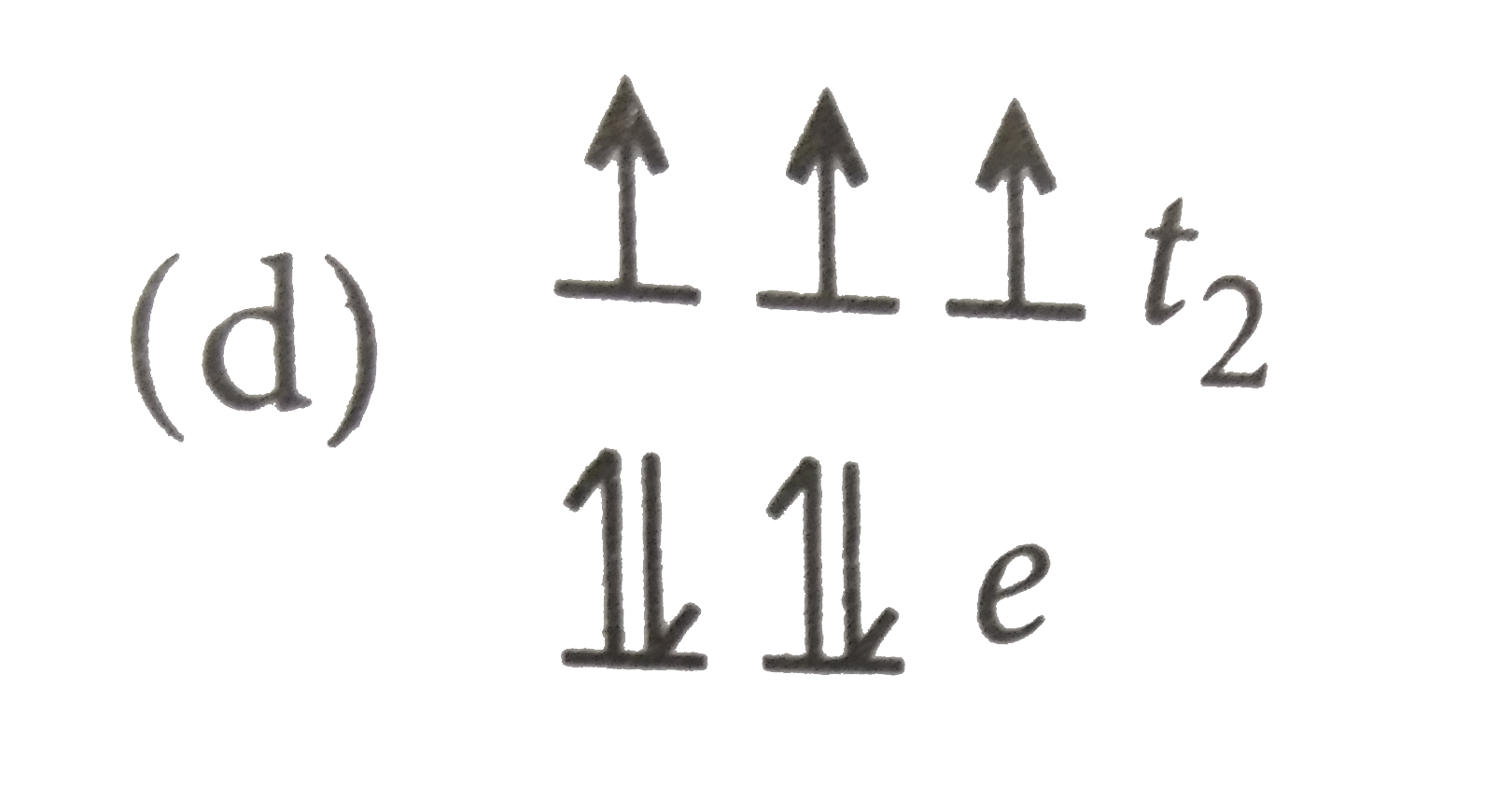The electron distribution is sheprically symmerical for l=2
To determine whether the electron distribution is spherically symmetrical for l=2, we need to analyze the properties of the orbitals corresponding to this angular momentum quantum number.
1. Identify the Angular Momentum Quantum Number l:
- The quantum number l defines the shape of the orbital. For l=2, the corresponding orbitals are known as d orbitals.
2. List the d Orbitals:
- There are five d orbitals: dxy, dyz, dxz, dx2−y2, and dz2.
3. Analyze the Shapes of d Orbitals:
- The shapes of the d orbitals are not spherical. The dz2 orbital has a unique shape resembling a donut (or a double dumbbell), while the other four d orbitals have cloverleaf shapes.
4. Evaluate Spherical Symmetry:
- Spherical symmetry means that the electron density is uniformly distributed in all directions from the nucleus. The d orbitals, due to their shapes, do not exhibit this symmetry. Instead, they have specific orientations in space.
5. Conclusion:
- Since the d orbitals do not have a spherically symmetrical electron distribution, the statement that the electron distribution is spherically symmetrical for l=2 is false.
Final Answer:
The electron distribution is not spherically symmetrical for l=2 (d orbitals).
- The quantum number l defines the shape of the orbital. For l=2, the corresponding orbitals are known as d orbitals.
- There are five d orbitals: dxy, dyz, dxz, dx2−y2, and dz2.
- The shapes of the d orbitals are not spherical. The dz2 orbital has a unique shape resembling a donut (or a double dumbbell), while the other four d orbitals have cloverleaf shapes.
- Spherical symmetry means that the electron density is uniformly distributed in all directions from the nucleus. The d orbitals, due to their shapes, do not exhibit this symmetry. Instead, they have specific orientations in space.
- Since the d orbitals do not have a spherically symmetrical electron distribution, the statement that the electron distribution is spherically symmetrical for l=2 is false.
The electron distribution is not spherically symmetrical for l=2 (d orbitals).
Topper's Solved these Questions
- ATOMIC STRUCTUREBook:CENGAGE CHEMISTRY ENGLISHChapter:ATOMIC STRUCTUREExercise:Archives (Linked Comprehension
Explore 3 Videos
- ATOMIC STRUCTUREBook:CENGAGE CHEMISTRY ENGLISHChapter:ATOMIC STRUCTUREExercise:Archives Multiple Correct
Explore 7 Videos
- ATOMIC STRUCTUREBook:CENGAGE CHEMISTRY ENGLISHChapter:ATOMIC STRUCTUREExercise:Exercises Fill In The Balnks
Explore 56 Videos
- APPENDIX - INORGANIC VOLUME 1Book:CENGAGE CHEMISTRY ENGLISHChapter:APPENDIX - INORGANIC VOLUME 1Exercise:chapter-7 Single correct answer
Explore 1 Video
- CHEMICAL BONDING AND MOLECULAR STRUCTUREBook:CENGAGE CHEMISTRY ENGLISHChapter:CHEMICAL BONDING AND MOLECULAR STRUCTUREExercise:Archives Subjective
Explore 15 Videos
Similar Questions
Knowledge Check
Which of the following energy diagrams shows the electron distribution according to the crystal field model of the 3d-electrons in [CoCl4]2− ?
A B
B C
C D
D
a. What is the shape of i. s orbital ii. P orbital
b. Which of the following orbital are spherically symmerical ?
i. px ii. s iii. py
View SolutionFor which of the following electron distribution in ground state the Pauli's exclusion principle is violated ?
View SolutionWhen an electron jumps from L to K shell -
View SolutionWrite down the electron distribution of chlorine atom. How many electrons are there in the L-shell ? Atomic number of chlorine is = 17.
View SolutionIn which of the following electron distribution in ground state, only the Hund's rule is violated?
View SolutionWrite the MO electron distribution of O2.Specify its bond order and magnetic property.
View SolutionIn a set of degenerate orbitals, the electrons distribute themselves to retain similar spins as far as possible. This statement is attributed to :
View Solution
